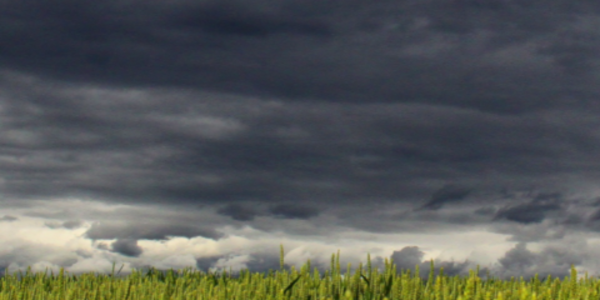
NOAA and its partners have released the latest Regional Climate Impacts and Outlooks, which recap winter conditions and provide insights into this spring.
Winter Temperature Recap
Winter temperatures were above average across much of the West, Northern Tier, Northeast, and parts of the Southeast. Maine ranked third warmest, and California ranked 12th warmest for the three-month period from December 1 to February 28. Below-average temperatures were present across parts of the Midwest, lower Mississippi Valley, and the southern Plains. In Alaska, above-average temperatures were observed across most of the state.
Spring Temperature Outlook
For April through June, warmer-than-normal temperatures are favored for the conterminous U.S. with the exception of western Montana, northern Idaho, and parts of Oregon and Washington. Hawaii, and western and northern Alaska are also forecast to see above-normal temperatures. Below-normal temperatures are most likely for parts of southern Alaska, the Alaska Panhandle, and parts of Washington state, according to the NOAA Spring Outlook.
Winter Precipitation Recap
Above-average precipitation was observed across parts of the Northwest, central Plains, and East Coast. Virginia ranked ninth wettest while Delaware ranked 11th wettest for December–February. Many states from the West Coast to the Great Lakes and across the Gulf Coast experienced a dry winter season. North Dakota ranked third driest on record.
For some parts of the country, snowfall was scarce during the winter months. Many locations across the northern Plains saw a dearth of snowfall. Glasgow, Montana, had its least snowy winter on record with 1.5 inches of snow.
Spring Precipitation Outlook
According to NOAA, the precipitation outlook favors above-normal precipitation for parts of the Midwest, the Great Lakes, the Mid-Atlantic, the Northeast, western Alaska, and in Hawaii, while below-normal precipitation is forecast across the southern Plains and much of the West. Existing drought conditions, stretching from the Pacific Coast to the Great Plains and upper Midwest, are expected to persist and expand.
Impacts and Outlooks for Your Region
Get more details for your region in the March 2021 climate impacts and outlooks summaries:
- Alaska and Northwestern Canada Region
- Chesapeake Bay Region
- Northeast Region
- Great Lakes Region
- Gulf of Maine Region
- Midwest Region
- Missouri River Basin Region
- Pacific Region
- Southeast Region (Unavailable this quarter)
- Southern Region
- Western Region
Creating These Quarterly Summaries
NOAA’s Regional Climate Services lead the production of these quarterly summaries of climate impacts and outlooks for various regions of the United States as well as parts of Canada. This effort, which began in 2012, now includes as many as 11 unique regional products, all produced collaboratively with partner organizations.
You can access all of the Climate Impacts and Outlooks summaries as well as additional reports and assessments through the U.S. Drought Portal Reports web page on the redesigned Drought.gov.







